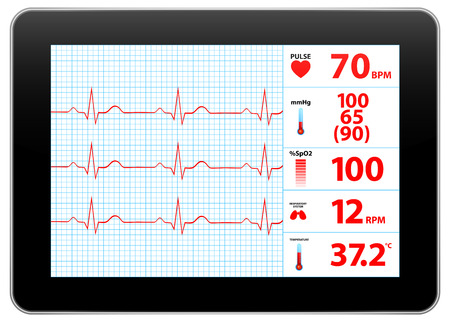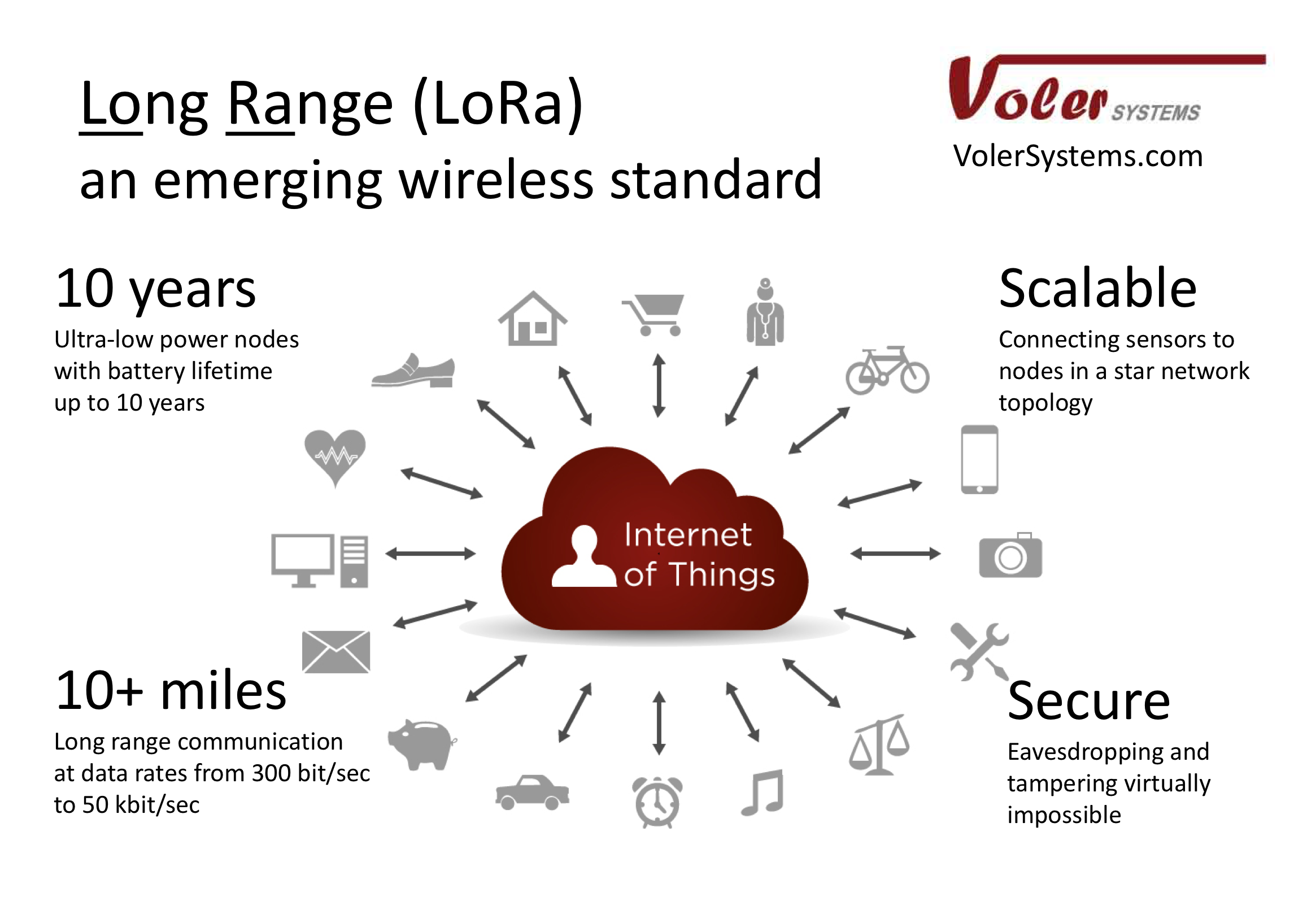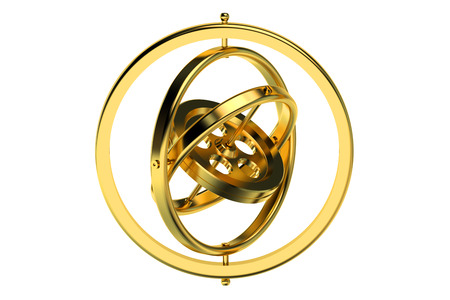In This Issue:

Wearable medical devices are biosensors attached to the human body to detect and monitor changes and capture biological / physiological data. These devices are usually non-invasive devices that function autonomously. Monitoring older adults and subjects with chronic conditions in the home and community are a growing focus of these applications. Read more

Cost, power, IP, and latency issues are driving IoT designers away from current standards like Zigbee and toward an emerging set of long-range wireless solutions. LoRa, an abbreviation of “Long Range”, is one such technology that is gaining traction. Learn more about this emerging technology

Accelerometers, gyroscopes and magnetometers all can be used to measure motion. These are packaged similarly to other integrated circuits and may provide either analog or digital outputs. They are widely used in smartphones, gaming devices, cameras, and many other applications. Panasonic, Robert Bosch GmbH, InvenSense, Seiko Epson, Sensonor, STMicroelectronics, Freescale Semiconductor, and Analog Devices are major manufacturers. Learn more

By Walt Maclay At the 10x Medical Device Conference, which was held in San Diego the first week of May, I learned that major changes have been made in CE requirements for medical devices. After a long delay, the new rules were finally adopted in April of this year. Read about the impact
Upcoming Events
About Our Organization… Voler Systems offer expert engineering services for new product design, medical device design, instrumentation design, and data acquisition systems. We are experts in sensors, wireless, and motion control.
